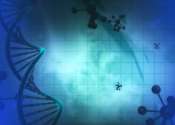Researchers reveal assembly of critical molecular machine that removes non-coding information from genes
One of the most striking features of human genes is that genetic information required to produce proteins is stored in a discontinuous form, wherein the coding information (exons) is punctuated with non-coding segments known ...







